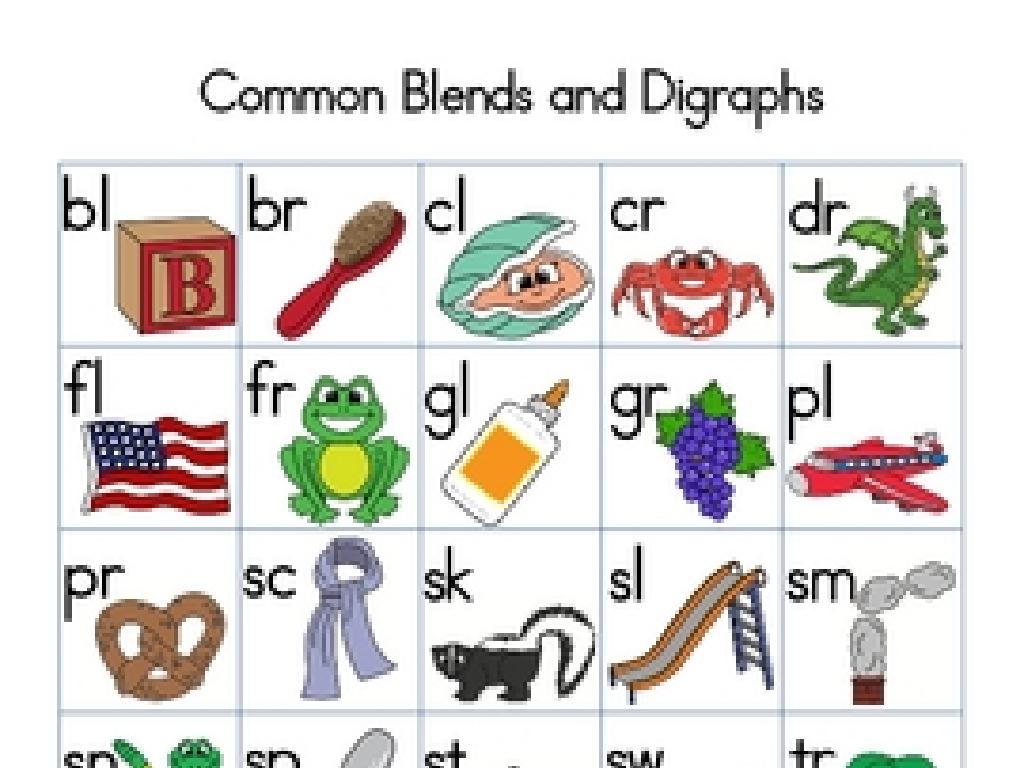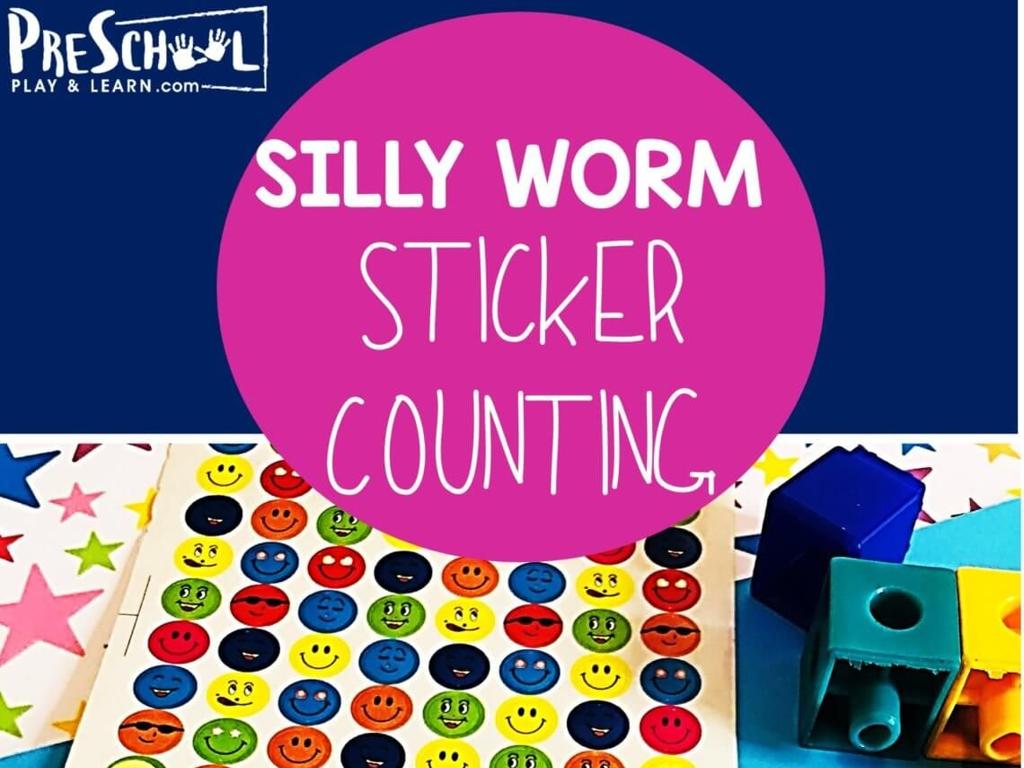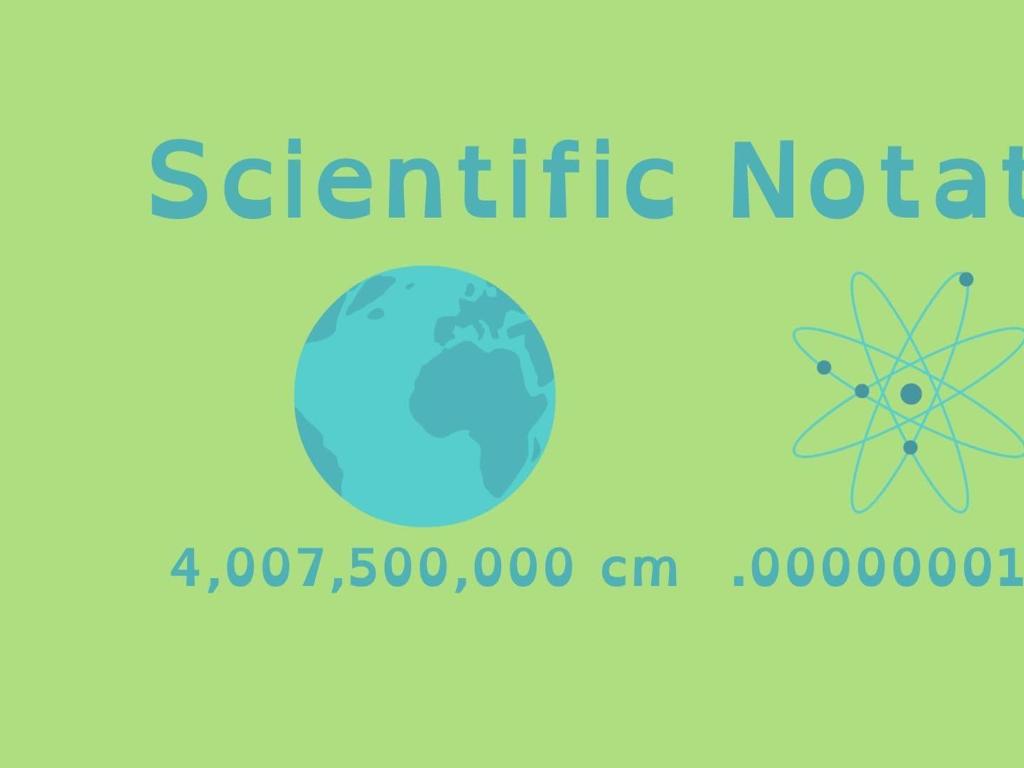Estimate Differences
Subject: Math
Grade: Second grade
Topic: Estimation And Rounding
Summary: This second-grade math presentation teaches estimation and rounding to help students estimate differences. Through relatable examples and interactive activities, students learn to round numbers to the nearest ten for quicker subtraction and practical mental math. The lesson emphasizes the importance of estimation for checking answers and making smart decisions in everyday situations. Engaging class activities reinforce key skills and build confidence in estimating differences efficiently.
Please LOG IN to download the presentation. Access is available to registered users only.
View More Content
Welcome to Estimation!
– Good morning, class!
– Today’s topic: estimating differences
– Estimation finds ‘close enough’ answers
– Like guessing the number of candies in a jar
– Why estimation is useful
– Helps in quick calculations & checks
|
Begin the class with a warm greeting to set a positive tone. Introduce the concept of estimation, emphasizing that it’s a method to find answers that are ‘close enough’ rather than exact. Use relatable examples, such as estimating the number of candies in a jar, to illustrate the concept. Explain that estimation is a valuable skill for making quick calculations and for checking the reasonableness of answers. Encourage students to think of times they have used estimation outside of school to make the concept more relatable.
Understanding Estimation
– Estimation is a smart guess
– It’s close to the exact answer
– Helps in quick calculations
– Practice estimating differences
– Try estimating: 452 – 239. Is it closer to 200 or 300?
|
This slide introduces the concept of estimation, which is a fundamental skill in mathematics, especially useful when exact values are not required or when a quick calculation is needed. Explain to the students that estimation is like using clues to find an answer that is good enough for the situation. Emphasize that while it’s not the precise answer, it’s very close and can be very helpful. For example, when shopping and trying to keep a running total of the cost in your head. Encourage the students to practice by estimating differences between numbers, which will help them get a feel for the size of numbers and improve their mental math skills.
Why Estimate Differences?
– Estimation saves time
– Helps check answer reasonableness
– After solving, compare with an estimate to see if it’s close.
– Assists in making quick decisions
– Like choosing enough money to buy a toy.
– Simplifies complex calculations
|
Estimation is a valuable skill in mathematics and everyday life. It allows us to quickly determine an approximate answer without needing the exact number. This can be particularly useful when dealing with large numbers or when a rough answer is sufficient. For second graders, understanding estimation helps them to develop number sense and to check their work for errors by comparing their exact answers to an estimate. In real-life scenarios, such as figuring out if they have enough money to buy something or estimating the time needed to complete a task, estimation teaches them to make quick and practical decisions. Encourage students to practice by providing examples where they might need to estimate in their daily lives.
Rounding Numbers to Estimate Differences
– Understanding rounding numbers
– Rounding is simplifying numbers while staying near the original value.
– Rounding keeps value close
– Round to the nearest ten
– If a number ends in 1-4, round down. Ends in 5-9, round up.
– Rounding makes estimating easy
– Rounding helps us quickly find approximate differences between numbers.
|
This slide introduces the concept of rounding as a precursor to estimating differences. Rounding is a fundamental skill in mathematics that simplifies numbers while maintaining a value that is close to the original number. It’s important for second graders to grasp that rounding to the nearest ten can make complex subtraction problems more manageable. When rounding, if the last digit is between 1 and 4, we round down to the lower ten; if it’s between 5 and 9, we round up to the higher ten. This concept will be crucial for the following lessons on estimation. Encourage students to practice rounding with various numbers to build their confidence.
Rounding to the Nearest Ten
– Look at the number right of tens
– If 5 or more, round the number up
– Example: 64 becomes 70 because 4 is less than 5
– If 4 or less, tens place stays same
– Example: 52 stays 50 because 2 is less than 5
– Practice with examples together
|
This slide introduces the concept of rounding numbers to the nearest ten, which is a foundational skill in estimation. Start by explaining the tens and ones places in a number. Show students how to identify the digit to the right of the tens place and use it to decide whether to round up or keep the tens place the same. Use examples to illustrate the rule: numbers ending in 5 or more round up to the next ten, while numbers ending in 4 or less stay at the current ten. Encourage students to practice with multiple examples and provide immediate feedback. This will help them gain confidence in rounding numbers and prepare them for estimating differences in future lessons.
Let’s Practice Rounding!
– Round 24 to nearest ten
– Is 24 closer to 20 or 30?
– Round 67 to nearest ten
– Does 67 round up to 70 or down to 60?
– Observe the rounding pattern
– Discuss our observations
|
This slide is aimed at helping students practice the concept of rounding numbers to the nearest ten. Start by rounding the number 24, and ask the students if it is closer to 20 or 30 to determine whether it rounds down or up. Then, move on to the number 67 and apply the same concept. After rounding both numbers, engage the students in a discussion about what they noticed. Did the numbers round up or down? Why did that happen? This will help them understand the rule of rounding: if the digit in the ones place is 5 or more, we round up, and if it’s 4 or less, we round down. Encourage students to explain their thinking and share their observations with the class.
Estimating Differences
– Understanding estimation
– Round numbers before estimating
– If we have 34 and 17, round to 30 and 20
– Subtract the rounded numbers
– Now take 30 – 20 to estimate the difference
– Practice with examples
– Try with 47 – 19, round to 50 – 20
|
This slide introduces the concept of estimating differences, which is a useful skill for making quick and reasonable calculations without needing the exact answer. Start by explaining that estimation is like making a good guess. Emphasize the importance of rounding numbers before estimating to make the process simpler. Provide clear examples of how to round numbers to the nearest ten and then subtract to find the estimated difference. Encourage students to practice with several examples and to check their estimated differences by comparing them to the actual differences.
Estimating Differences in Subtraction
– Start with rounding numbers
– Example: 53 rounds to 50
– 53 is closer to 50 than to 60
– Example: 28 rounds to 30
– 28 is closer to 30 than to 20
– Subtract the rounded numbers
– 50 – 30 equals 20, the estimate
|
This slide introduces students to the concept of estimating differences by rounding numbers to the nearest ten before subtracting. It’s important to guide students through the process step by step. Start by rounding each number to the nearest ten. For example, 53 is closer to 50 than to 60, so it rounds down to 50. Similarly, 28 is closer to 30 than to 20, so it rounds up to 30. After rounding the numbers, subtract the rounded figures to find the estimated difference. In this case, 50 minus 30 equals 20. Encourage students to practice with different numbers and to check their work by comparing the estimate to the actual difference.
Your Turn to Estimate!
– Round each number to the nearest ten
– Estimate the difference of 76 – 49
– After rounding, subtract the numbers
– Think: Is it closer to 70 or 80?
– 49 rounds down to 50, 76 rounds up to 80
– Share your answer with the class
|
This slide is an interactive class activity designed to help second-grade students practice estimation by rounding numbers to the nearest ten and then finding the difference. Start by guiding the students to round 76 to the nearest ten, which is 80, and 49 to the nearest ten, which is 50. Then, have them subtract the rounded numbers to estimate the difference. Encourage the students to think about which ten each number is closest to before rounding. After they’ve completed the estimation, ask volunteers to share their estimated differences with the class. This will help reinforce their understanding of estimation and provide an opportunity for peer learning.
Class Activity: Estimation Station
– Practice estimating with objects
– Groups receive number cards
– Round numbers, then estimate difference
Round to the nearest ten to simplify, then subtract.
– Share estimates with the class
Discuss how estimates compare to actual amounts.
|
This activity is designed to help second graders understand the concept of estimation and practice rounding numbers to estimate differences. Divide the class into small groups and provide each group with a set of number cards and a collection of objects to use for estimation. Instruct the students to round the numbers on their cards to the nearest ten and then use subtraction to estimate the difference between the numbers. After completing the activity, each group will share their estimates with the class, and you can discuss the results, highlighting how close the estimates were to the actual differences. This will help students see the practical use of estimation and rounding in everyday situations. Possible variations for the activity could include using different rounding rules, such as rounding to the nearest hundred, or estimating the difference between larger numbers for a challenge.
Estimation Mastery: Great Work!
– Celebrating our estimation skills
– Estimation: Useful in math and life
– Estimation helps us make quick & smart guesses
– Keep practicing estimation
– The more we practice, the better we get!
– Aim for estimation perfection
|
This slide is meant to wrap up the lesson on estimating differences by congratulating the students on their hard work. Emphasize the importance of estimation as a skill that is not only valuable in mathematics but also in everyday life, such as in making quick decisions or planning ahead. Encourage the students to continue practicing estimation in various scenarios to improve their accuracy and speed. Remind them that like any other skill, proficiency in estimation comes with regular practice. You can suggest fun estimation activities for them to do at home, like estimating the number of steps from their room to the kitchen or the number of apples in a bowl.





